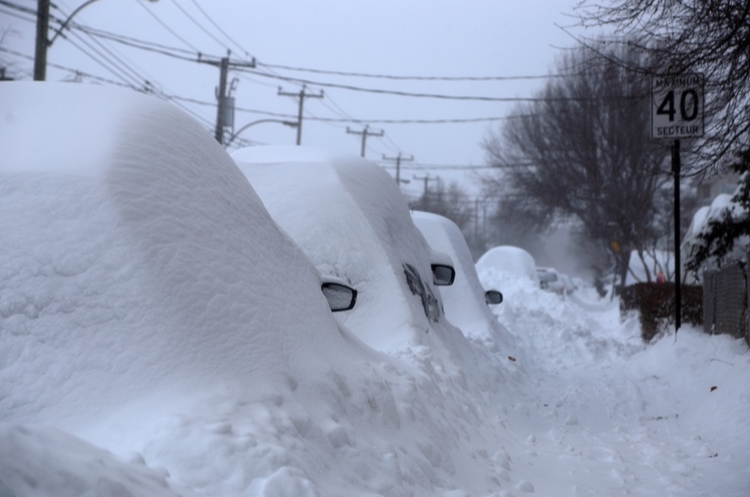CAMPUT 2019 - Utility “Hardening” for Extreme Weather Events

The theme of the 2019 CAMPUT Conference is “Managing the Regulatory Range” – addressing how regulators, utilities and consumers can best prepare for the many challenges that face the industry. An interesting session on May 6 looked at the implications of serious weather-related events on utilities, and was titled “Fire and Ice - Utility “Hardening” for Extreme Weather Events.”
The concept of “utility hardening” refers to planning, constructing and operating utility infrastructure in a way that is resistant to (withstands) extreme weather conditions such as ice storms, floods, windstorms etc. Utility hardening will also consider and implement changes that promote utility system resilience so that operations can be restored quickly and efficiently following weather-related outages or failures.
The moderator of the CAMPUT panel (François Beaulieu, the Vice Chair of the New Brunswick Energy and Utilities Board) began the session by discussing recent weather-related events in eastern Canada that have caused prolonged utility system outages. A key message from all panelists is that the frequency and severity of these events is increasing markedly and utilities need to plan accordingly.
The panel addressed three questions:
- How can utilities implement changes to the utility infrastructure?
- How should such costs be allocated so that rates remain just and reasonable?
- What can be done in the short and long term to address these threats to our energy systems?
On the first question, Marc Boucher (Chair of Hydro-Quebec Transmission) spoke about lessons learned from ice storms in Quebec that devastated the electricity system and interrupted service for long periods of time. Among other things, Hydro-Quebec has evolved its transmission system construction to include anti-cascade towers and to stockpile and distribute replacement materials across the province. Critical transmission infrastructure uses de-icing technology and lines are designed to detach from towers when icy, rather than bringing the towers down. All of this is meant to improve Hydro-Quebec’s ability to minimize impacts from extreme weather events by reducing the initial consequences and speeding up the recovery time (resilience).
On the second question, Paula Zarnett (Vice-President of BDR North America), explained that the allocation of “hardening” costs involves a series of questions, including how much should be allocated to ratepayers (and how much to shareholders), when costs should be recovered and what ratepayer groups should pay. On the question of when costs should be recovered, an interesting concept of pre-recovery was raised. Under that approach, ratepayers would pay into a reserve fund, which would then be available to fund costs of future extreme weather events. Ultimately, though, the costs of extreme weather events should be allocated (or pre-collected) in the same manner as other costs – using the cost allocation methodologies applicable in the relevant jurisdiction to guide recovery.
On the final question, Liane Randolph (Commissioner with the California Public Utilities Commission (CPUC)) spoke about the recent experience in California with wildfire events and impacts on utilities. A key focus for the CPUC is on ensuring that utilities “integrate risk analysis and risk management practices into their current operations, future planning and decision-making processes.” Utilities in California are now required to prepare and file risk assessment mitigation plans in their rate proceedings, addressing how the utilities will prevent and respond to wildfires. On April 29, 2019, the CPUC released a series of proposed decisions finding that the 2019 Wildfire Mitigation Plans of eight different utilities contain all required information and plans. The utilities will be required to track and report on the success of their mitigation plan activities. On this topic, Commissioner Randolph acknowledged the challenge that regulators face in overseeing these types of activities, where the role of being a safety regulator must be balanced against not wanting to micromanage utilities.
The final message from the CAMPUT panelists is that while risk-free delivery of energy is not possible, it is incumbent on utilities to take “hardening” steps, both to improve system performance in the face of extreme weather events and to enhance system resilience when recovering from such events.

